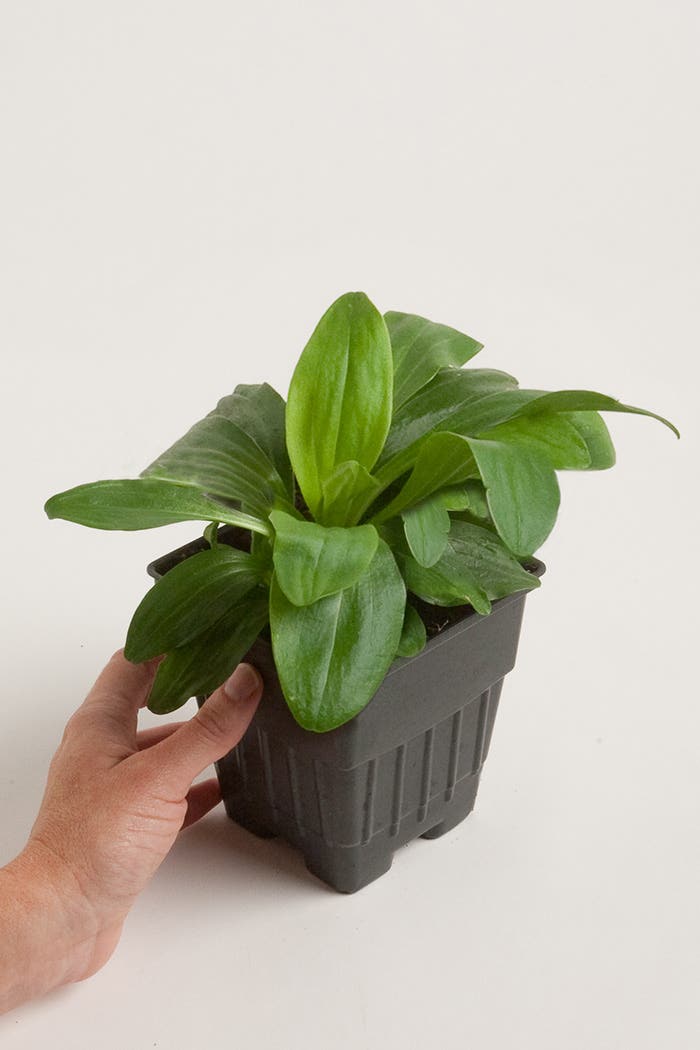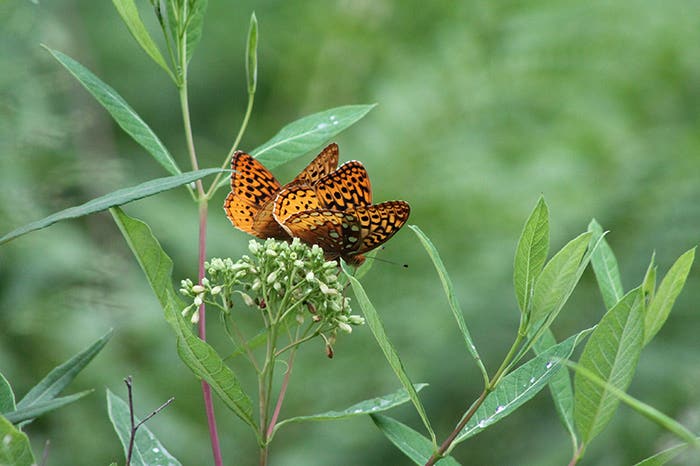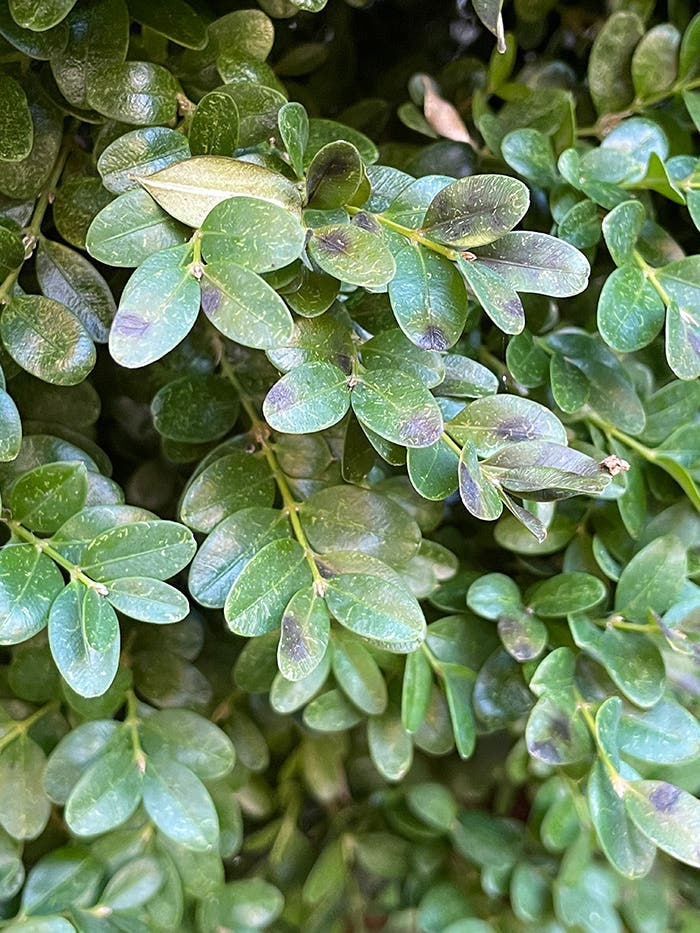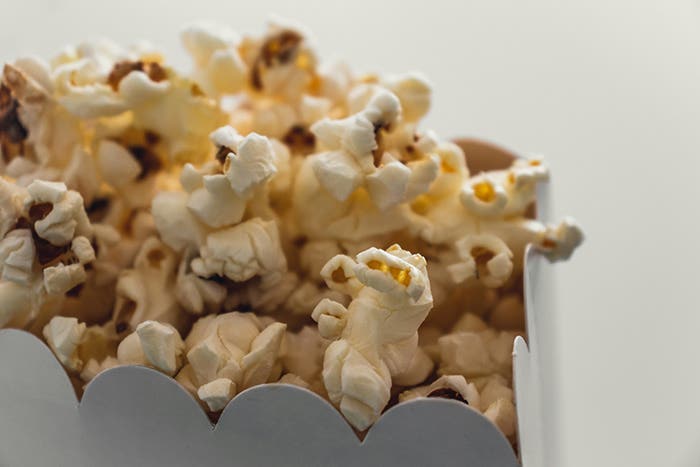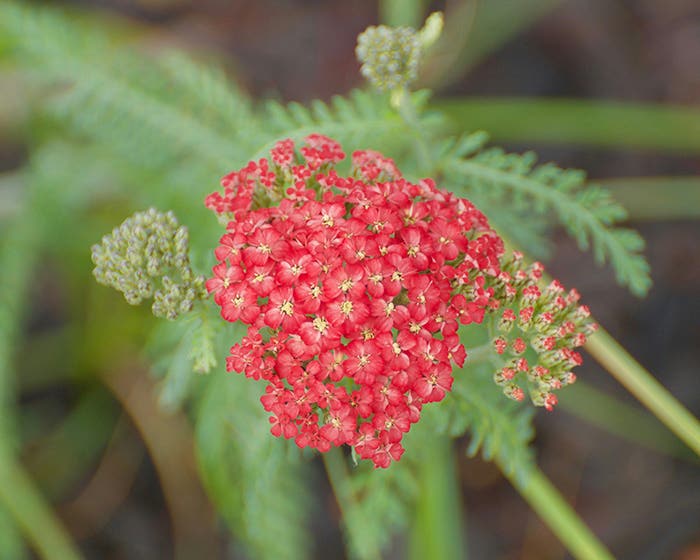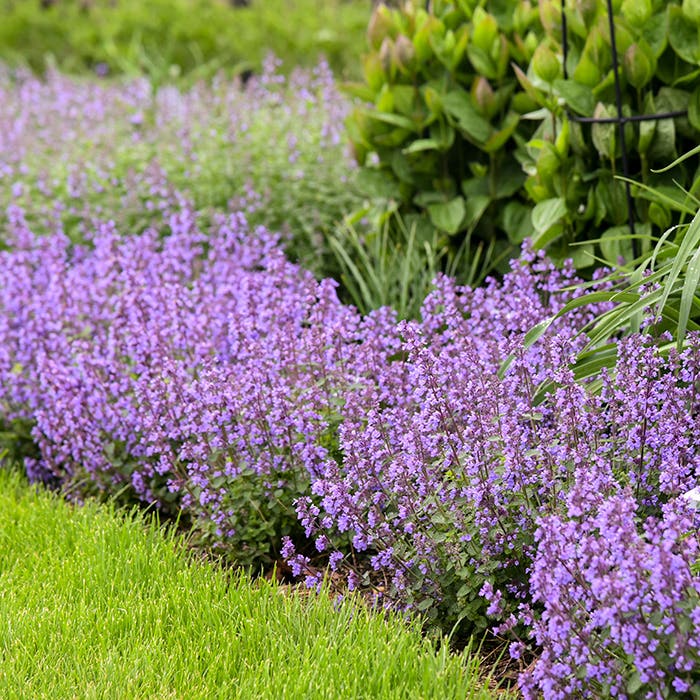Turn to Your Recycling Bin for Seed-Starting Supplies
Repurpose and grow!
Choices abound when it comes time to start seeds indoors in the winter. What to grow? What kind of potting mix? Artificial or natural light? When it comes down to choosing seed-starting containers, check out your trash or recycling bin before heading out to purchase pots or trays. You just may have some ready-made seedling homes—and more.
Seed-Starting Containers
Pots or trays for seed starting need not be deep (shallow is actually better in many cases), and different materials (paper, peat, plastic) can work equally well.
Paper-based pots offer an advantage in that they break down naturally fairly quickly. Just as with store-bought peat pots, paper or cardboard pots can be transplanted into the garden along with the seedling, reducing root disturbance. Fold newsprint into small pots, or use empty toilet-paper or paper-towel tubes. At transplanting time, tear the top of these makeshift pots away so that they won’t wick moisture from the seedling.
Seeds can be planted in cardboard egg cartons, too, though you’ll probably want to transplant them into larger containers before transplanting time arrives. Did you know you can also start seeds in egg shells themselves? Rinse them out first, and don’t worry if they’re a bit cracked. Fill them with soil, sow your seeds, and at transplanting time crush the shell a bit more as you plant it and the seedling into the garden.
Plastic containers have their own advantages. They can be used for more than one seed-starting season, and the soil mix doesn’t dry out as quickly in plastic. It’s easier to find different sizes of containers in plastic, too, which helps for seedlings that need to be transplanted into larger pots at some point while still indoors, before being transplanted into the ground.
Yogurt and beverage cups make great pots for individual seedlings. Plastic take-out trays or salad containers can be used to grow a bunch of seedlings together, just like store-bought seed trays. Just be sure to thoroughly wash food and drink containers before planting in them, and poke drainage holes in their bottoms.
Growing Aids
While looking for seed-starting containers in your recycling, keep an eye out for seedling aids, too. Seeds and seedlings need consistent moisture and humidity, which you can bolster by creating a mini greenhouse out of a lidded plastic take-out tray or bakery box.
If you buy soda or other drinks by the case, use that shallow cardboard box to hold your individual seedling pots or small seed-starting trays. This makes it easy to move them for watering at the sink and for hardening off. Turn the soda case into a greenhouse by slipping it into a dry cleaner’s bag, using chopsticks or something similar to prop the plastic up off the seedlings.
Aluminum baking or roasting trays can be used in the same way, with the bonus of being fully waterproof. You can water a whole bunch of seedlings from the bottom by simply pouring a bit of water to cover the bottom of the pan, then draining any excess once the seedlings’ soil has soaked it up. Aluminum foil has a use, too—position it to reflect sunshine or your artificial lights onto your seedlings.


